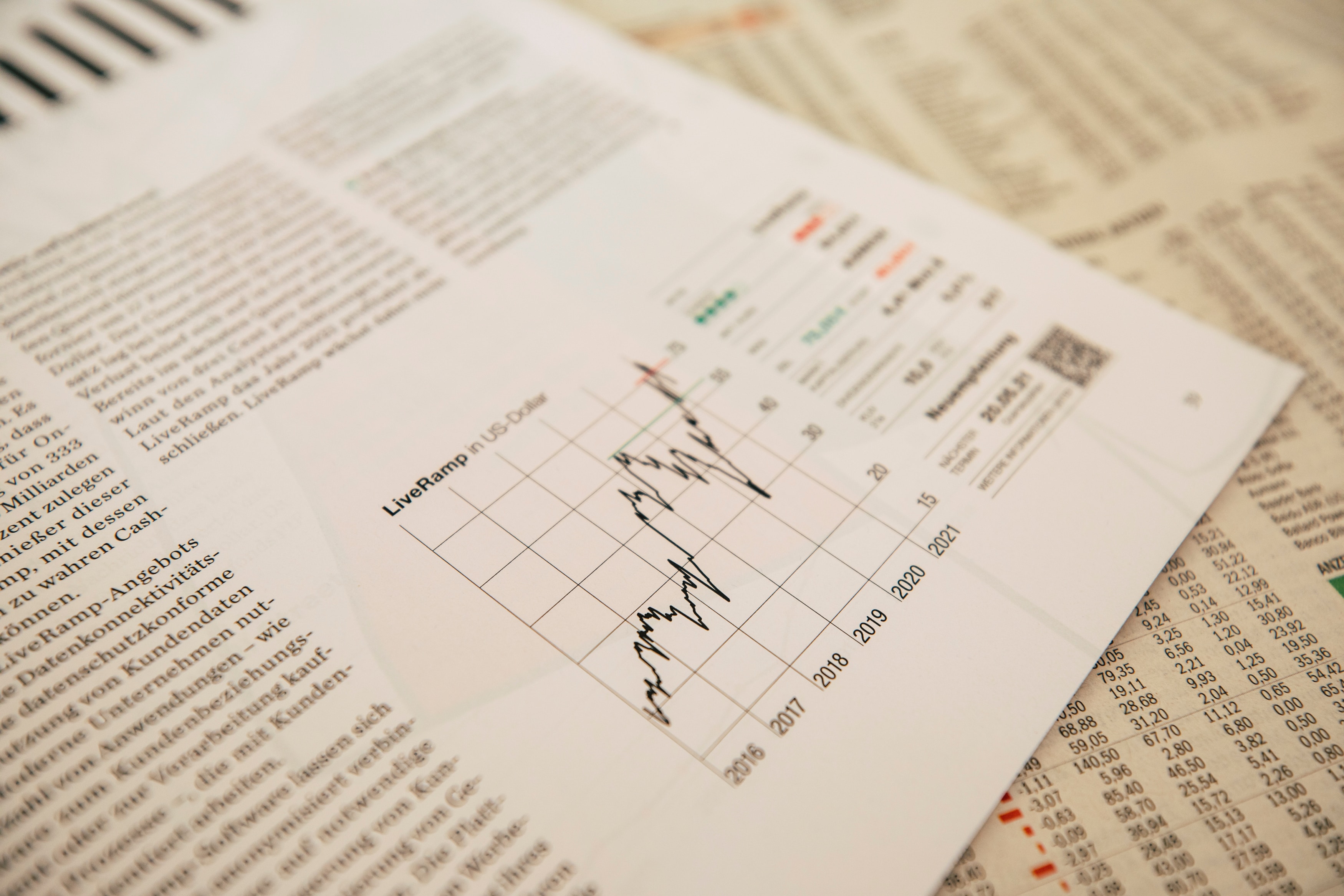Two out of three consumers are more positive about brands that take steps to reduce their products’ carbon emissions.1 Product carbon footprinting is a central tool for businesses in their journey to Net Zero. By calculating the carbon emissions of their products, businesses can identify the sources that contribute to their footprints and take more targeted action to address these ‘emission hotspots’. Meaningful action is central to building brand credibility and labelling plays a key role in communicating this. Since we launched our first product label in 2007, expectations on businesses to take climate action and to be transparent about it have grown significantly, whilst the regulatory landscape has evolved significantly.
What is changing and why?
Businesses are aware of the benefits that communicating their climate action can bring. They help consumers make more informed purchases and they reflect positively upon the brand or company that makes them. This has led to a proliferation of green claims. This is a positive development, as it means more businesses are taking increasing action to reduce their climate impact and more consumers are empowered to choose products or brands that are taking positive environmental action.
If left unregulated, however, this space can quickly become muddled with greenwashing and unsubstantiated claims. This in turn undermines the credibility of meaningful climate action, leaving consumers more confused than ever. To avoid this, the product labelling space has seen significant shifts over the past two years.
With increased visibility and more climate action, have also come bad press, challenged ads and fines; the space is evolving rapidly. Media plays an important role in holding businesses to account. Their lens on sustainability can contribute to a transparent dialogue on climate action, noting the successes but also the challenges which businesses face on their journey to Net Zero; this dialogue has intensified recently.
The regulatory landscape is also seeing a shift, as proposed legislations across jurisdictions get announced. This response is working both to protect consumers and to ensure companies that make credible, meaningful climate progress can differentiate themselves.
More specifically, the EU has proposed several new legislations and amendments to combat greenwashing. This includes the ‘Green Claims Directive’ and the ‘Unfair Consumer Practices Directive’, both detailing requirements for the substantiation of green claims. They also ban claims based on offsetting schemes, which infer a product has a neutral, reduced, or positive impact on the environment. All products sold into the EU, regardless of where the product has been manufactured, must comply with these legislations. Likewise, many individual member states have introduced their own regulations and advertising standards including in France and Germany.
This trend is not unique to the EU. There are similar developments in the UK, with the Competition and Markets Authority’s Green Claims Code; the US, with proposed updates to the FTC’s Green Guides; Singapore announced its Competition and Consumer Commission is developing a set of guidelines to prevent overstating green claims.
Does this mean the end of product labelling?
No, this is not the objective of regulatory changes nor media pressure. This is intended to be the end of misleading and unsubstantiated claims. It is also intended to drive an increase in transparent, clear and credible claims, those based on clear fact, evidence and with appropriate communication.
A natural response in an environment of increased scrutiny might be to pull back. Is it safer to report less and avoid claims than to risk the scrutiny? Not in the long term, not for consumers and ultimately not for collective impact action. Greenhushing – deliberately underreporting your environmental claims to avoid scrutiny – and the removal of product labels can leave consumers less informed about their purchases. It also disincentivises other companies to commit to the bold climate action the world needs to reach Net Zero.
We could be looking at a vicious circle of lack of action and of transparency. Or at a virtuous circle of meaningful action and building continuous momentum, with appropriate consumer transparency – fuelling further action. Product carbon footprint labelling plays a part in this virtuous circle.
How we can help
We have been at the forefront of product footprint labelling since 2007 and have verified over 27,000 product footprints to date. Since then, many consumers around the globe have grown to trust and rely on the Carbon Trust Footprint Label, which has become the world’s most recognised label on carbon footprints.
Research has found that two thirds of consumers think that using a recognisable label on pack is a good idea and over 60% of consumers are willing to pay more for a product if it carried a recognisable carbon label on pack.1 By verifying your products’ carbon footprint and reductions, you can use and display the Carbon Trust Footprint Label on your products. This independent and trusted mark allows you to say with integrity and confidence that you are taking real action to mitigate your product’s climate impact.
When making climate-related claims surrounding your products, it is important to be clear, accurate and transparent. Our advice and our new label are built on years of experience and global consumer research. Our experts work with clients to support their external communications. The infogram below shows all the important aspects that need to be communicated clearly on a carbon footprint label in order to ensure transparency.
We know businesses want to be honest with their customers about their products’ green credentials, but it may not always be clear how to do this. We have put together some simple and clear tips:
Find out what the public think about carbon footprint labelling
1 YouGov research May 2023 based on 11 global markets – China, Colombia, France, Germany, Italy, Mexico, Netherlands, South Africa, Sweden, the UK and the US.




